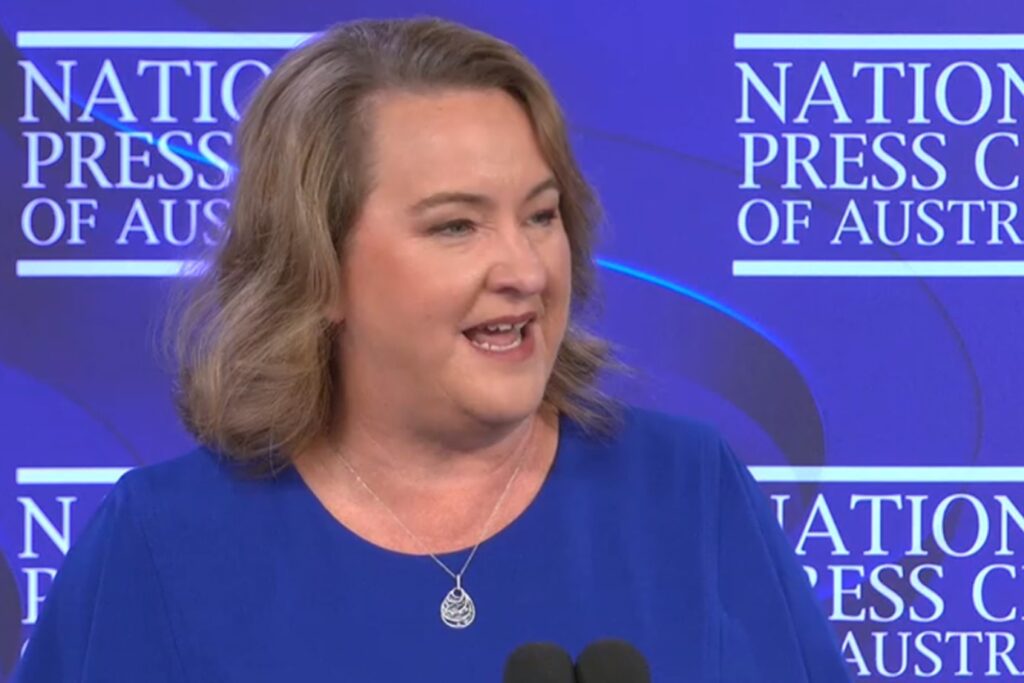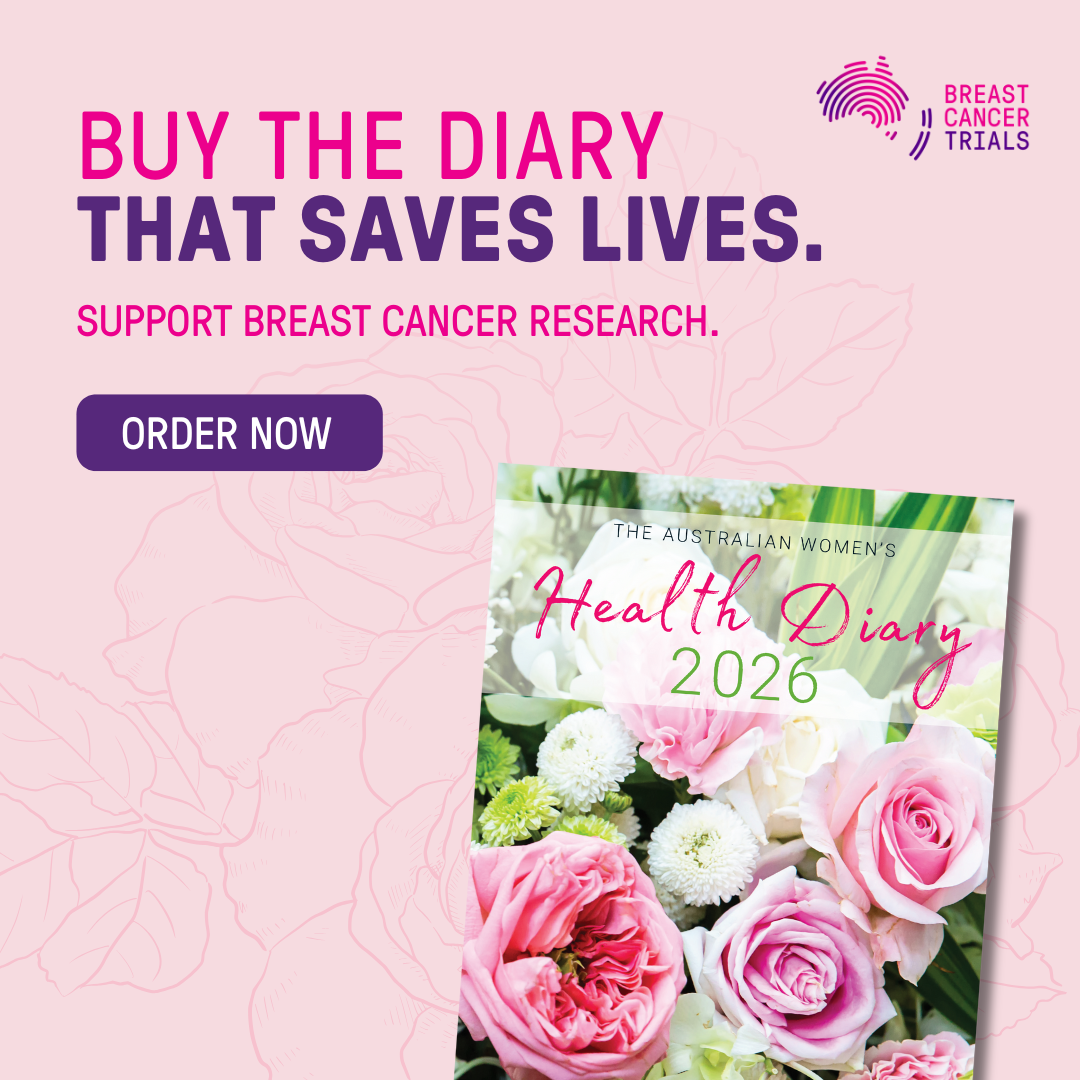CEO of the Workplace Gender Equality Agency (WGEA), Mary Wooldridge has said organisations must “reimagine” what senior leaders and managers look like, if we are to make progress on closing the gender pay gap.
Wooldridge delivered an address at the National Press Club on Tuesday afternoon, a month after WGEA published the gender pay gaps of more than 5000 firms, highlighting some grim realities in gender equality across industries in Australia. The findings showed there is a median gender pay gap in every single industry in Australia.
While there was widespread coverage of this data release across the country, Wooldridge pointed out that, even more important, was the shift in the way conversations were had about the issue of workplace gender equality.
“We’ve largely moved from a conversation about equal pay for equal work to a broader discussion around the structural and cultural inequalities that drive workforce compositional differences as well as pay,” she said.
Wooldridge says it’s critical for organisations to realise that their gender pay gap is “driven by the composition of the workforce in higher and lower paid roles”.
Thankfully, she adds that this message “has started to permeate” following data’s public release on an individual organisation-level.
“What we’re seeing is companies being proactive,” she says. “Action now is preferable to excuses later. WGEA performance and benchmarking reports are now required to be presented to boards.”
“I know from our work with the Australian Institute of company directors that this is creating new opportunities for conversations at the highest levels of organisations, where often there haven’t been those conversations at all.”
Wooldridge notes that over 1000 employers have submitted a voluntary employer statement, and employers with the highest gender pay gaps have been more likely to develop a statement.
Within these employer statements, and in CEO’s responses to the media, both workplace gender segregation and unequal caring responsibilities have been cited as the primary challenges to achieving gender equality, Wooldridge says.
“Too many industries and workplaces can’t see an alternative leadership that doesn’t look like a person who works 8am to 8pm, is available 24/7 and on-call to travel at a moment’s notice,” says Wooldridge, adding that ‘this person’ is a man, “burdened with less unpaid work and caring responsibilities than women.”
“To get more women into leadership roles, company executives have to reimagine what it looks like to be a senior leader or manager.”
Wooldridge also says that, when it comes to the caring responsibilities associated with children, employers need to shift stereotypes by actively encouraging men to take paid parental leave and celebrating it.
As for what’s next on WGEA’s agenda, Wooldridge says employers should prepare for a new legislative requirement where larger employers with 500 or more employees will need to commit to and achieve targets against the gender equality indications in the 2021 review of the Gender Equality Act.
“As the Minister announced as part of the National Gender Equality Strategy, the government will introduce this requirement,” she said. “And as with all aspects of the Workplace Gender Equality Act, compliance will be required to access federal government procurement opportunities over specified thresholds targets for gender equality.”
“Our expectation is that large employers will have to choose three targets from the menu of options, and they will have three years to achieve them.”
“The menu is informed by evidence on what improves gender equality and includes both numerical targets, such as reducing the gender pay gap or improving the composition in a role or a functional area, but they also include action based targets, such as putting in place a paid parental leave program where there is none or enhancing the suite of flexible work that’s available.”



